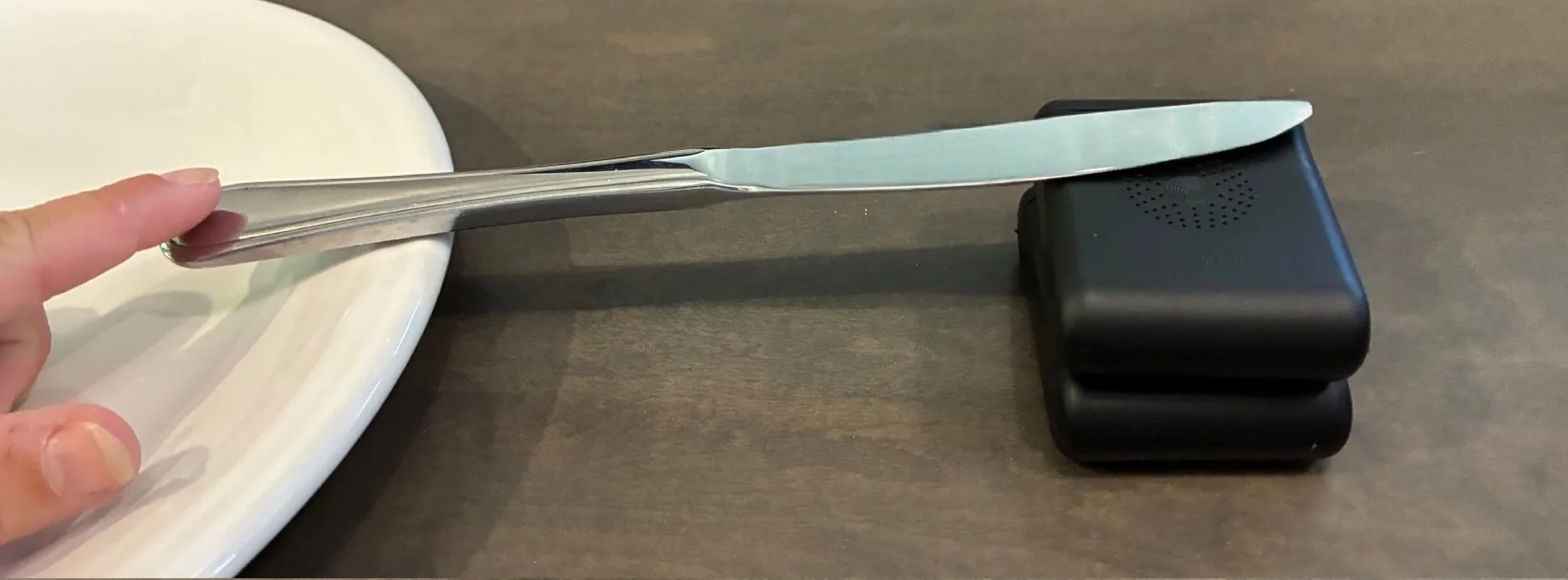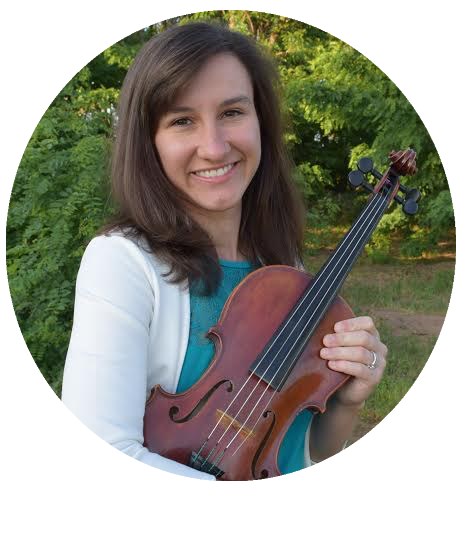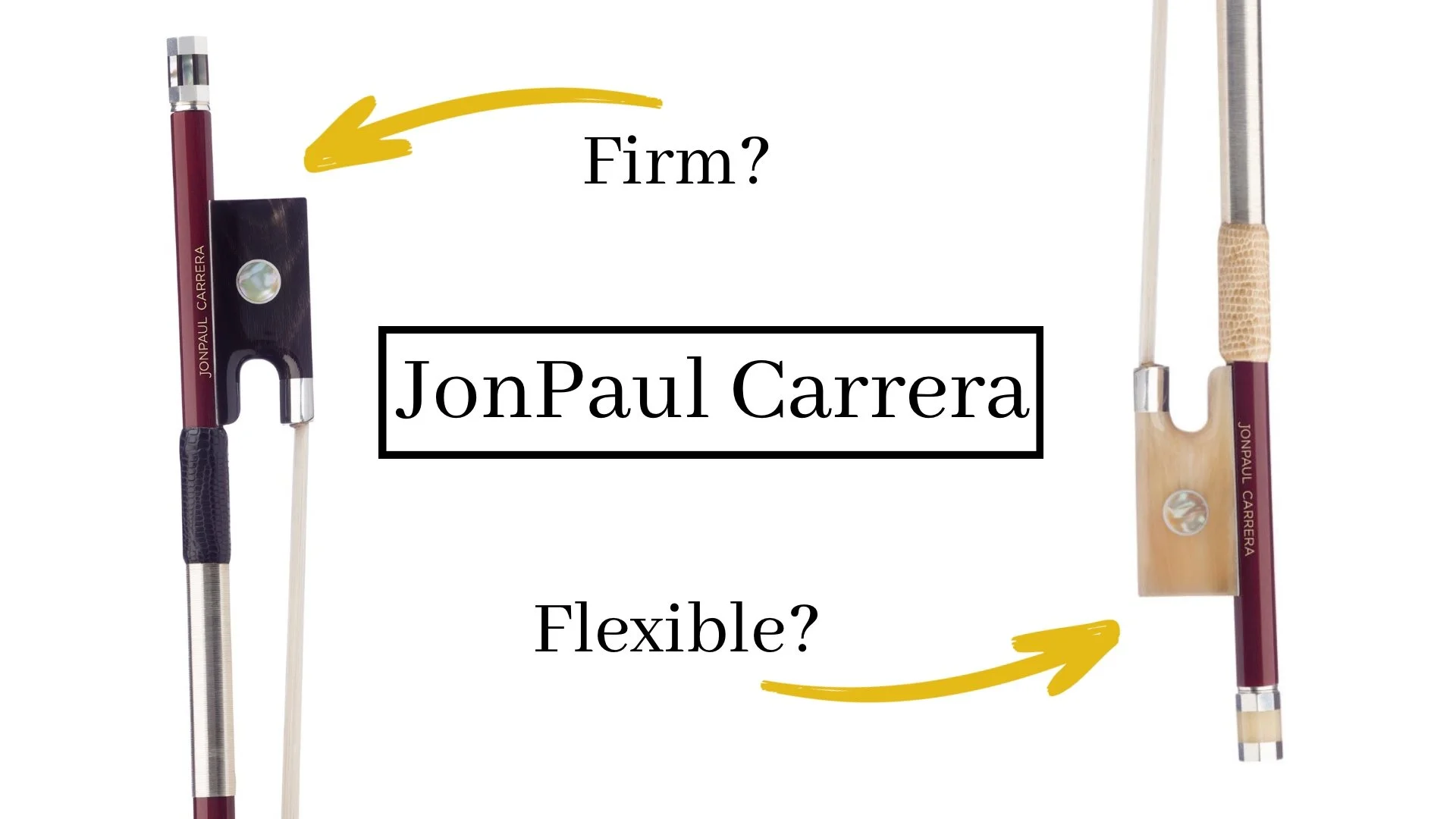Do You Need a Shoulder Rest to Play Violin? Not Necessarily, But Here's Why You Should
/If you’re starting to learn violin, or if you’ve been playing and struggling to get comfortable with your current shoulder rest, you may be wondering, “do I need a shoulder rest to play violin?”
The answer is…it depends.
If you are considering whether or not you should use a violin shoulder rest, you need to consider two things: your body type and your level of playing. We’ll talk about these in a moment, but first let’s discuss how holding the violin works and the pros and cons of playing with and without violin shoulder rests.
The Violin and the Shoulder: A Simple Machine
To hold the violin level and stable, you have to think of the violin as a simple machine: it’s a beam with a fulcrum, just like a see-saw.
Think about another lever: balancing a knife on the edge of your dinner plate. The knife is the beam and the plate is the fulcrum.
Take a look at the picture above and notice where the fulcrum (plate) is located. All the way at the edge of the knife handle. If the fulcrum (the dinner plate) is very close to one side of the knife, you create very lopsided lever. You’ve got to have a lot of weight on the side closest to the fulcrum to balance it out. This is how holding up your violin works. The knife is your violin, the fulcrum is your shoulder, and the force your thumb exerts on the knife is the force your jaw exerts on the chinrest.
What if we had something to help support the weight at the tip of the knife? Then we wouldn’t have to use so much force with our thumb! This represents what it’s like to hold the violin without a shoulder rest, using both the left hand and the jaw to keep the violin stable and balanced.
HOlding your violin without a shoulder rest requires left hand support and jaw weight
Take a look at our lever diagrams again.
Holding the violin works the same way. The violin is the beam and your shoulder is the fulcrum. Try to hold the violin up on your shoulder, without a shoulder rest and without supporting the violin with your hands. You have to use quite a bit of force with your jaw to keep the violin from sliding off. Now take your left hand and place it where you normally do, to support the violin. Now you don’t have to use quite as much force with your jaw. Keeping the violin in the right place is a balancing act and balancing the violin on that pointy, bony, knobby fulcrum we call a shoulder can be tricky.
Let’s go back to our knife and dinner plate. The fulcrum in this case is the edge of the dinner plate. That edge is round and hard. Not ideal for keeping something steady.
But what if we changed out our dinner plate for a little box? Tada! With our new fulcrum, the knife balances so much easier. I don’t need excessive force or anything else to help balance the tip. Actually, the knife can balance completely on its own, without any input from my finger or support at the tip.
Keeping a violin balanced with a shoulder rest
A shoulder rest functions the same way. It offers a bigger, more stable fulcrum to help keep the violin level and balanced with minimal input from our jaw or our left hands. That’s the idea at least. Achieving that sort of balance with a shoulder rest does take trial and error.
How to Hold the Violin Without a Shoulder Rest
Now that you have an idea for how shoulder rests function, let’s take a look at many professional solo violinists, especially from the 20th century and you’ll discover that many of them don’t use a shoulder rest. How do they do it?
They’ve simply become experts at the balancing act.
To play violin without a shoulder rest, the violin rests on the shoulder, the jaw keeps it gently in place on top of the chinrest and the left hand helps support the violin. Sounds simple enough, right? But there is a lot of nuance and some room for things to go wrong here.
Common Problems When Playing Without a Shoulder Rest
The violin with its smooth, curved back can be pretty slippery on your shoulder. This can cause people to inadvertently clamp down with the jaw to prevent the violin from slipping (like the painting above). A sponge or towel attached to the bottom of the violin can alleviate the slipping tendency and provide some traction to grip your shoulder. The sponge makes your fulcrum (your shoulder) not quite so pointy. However, you still need some pressure with the jaw or more support with your left hand to balance everything out.
One common issue I see with students playing without a shoulder rest is excessive tension in the jaw, neck, shoulders, and left hand. This can be a problem particularly for people with average to longer necks. Think about it: if your violin is on your shoulder and you have to bend your neck down to reach the chinrest, you’re going to cause a lot of pain and tension in your crooked neck. To compensate for that issue, some students hunch the shoulder to bring the violin up, but this will cause tension, pain, and fatigue in your left shoulder as well. Other students compensate by holding the violin and supporting it entirely with the left hand. Sometimes they even allow the neck of the violin to lay there in the crook between the left index finger and the thumb. Holding the violin this way will tire out your left hand and it virtually eliminates any possibility for flexibility, vibrato, or quick-moving fingers.
So can you play violin without a shoulder rest? Absolutely, but you have to know how to do it correctly and it helps iff you have the body type conducive to playing without a shoulder rest.
What Body Types Need a Violin Shoulder Rest?
If you have a normal or long neck, small shoulders, or bony shoulders, I would highly suggest playing with a shoulder rest.
A taller chinrest can help
A shoulder rest can help bring the violin closer to your jaw, so you don’t have to crane your neck down to get to the chinrest. You can also use a taller chinrest, but often a combination of a taller chinrest and shoulder rest is what you need.
As someone who would typically be categorized as short (5’4”) I’ve always thought I must also have a short neck. But it doesn’t work that way. When I finally realized my normal size neck required a taller chinrest and a taller shoulder rest, I experienced a significant improvement in playing and a reduction in tension.
Should brand new beginners use a violin shoulder rest?
If you’re just starting to learn violin, you’re learning a million things at once. How to hold the bow, how to produce a decent tone, where to place the left hand fingers, etc. You don’t want to add to that mix by also struggling just to keep the violin level which is why I always recommend brand new beginners learn violin with a shoulder rest.
A shoulder rest might not be perfect, it might not be super comfortable, but it will help you keep the violin stable as you learn the basics. Remember, even if you are doing everything right and your shoulder rest is set-up perfectly, it will still take time to get comfortable with the violin. So don’t be surprised if it just feels awkward for a few months.
As you continue playing, you’ll be able to become more aware of your body and what your specific needs are. Start experimenting with different set-ups. There are lots of different shoulder rests and lots of different ways to customize them. As you progress on the violin, continue experimenting with different settings with your shoulder rest or try different styles of violin shoulder rests. You can also experiment with different styles and heights of chinrests as well. And if you think you have to body type that would benefit from playing violin without a shoulder rest, try it out!
Common Shoulder Rest Questions
Is it better to play violin without a shoulder rest?
Not necessarily. It all depends on your body type and your specific needs. You will often hear that violins sound better without a shoulder rest since the shoulder rest reduces vibrations. While this may be true, the difference in sound quality will be very minimum if even detectable at all. If it’s easier for you to play violin with a shoulder rest, you’ll produce a better sound with a shoulder rest than if you were struggling to play without a shoulder rest.
What shoulder rests do you recommend?
Shoulder rests can be a very personal accessory. It might require trial and error to find the right one for you (if you need one at all). Here are the top 3 shoulder rests I recommend that fit most body types.
Happy Practicing!



























